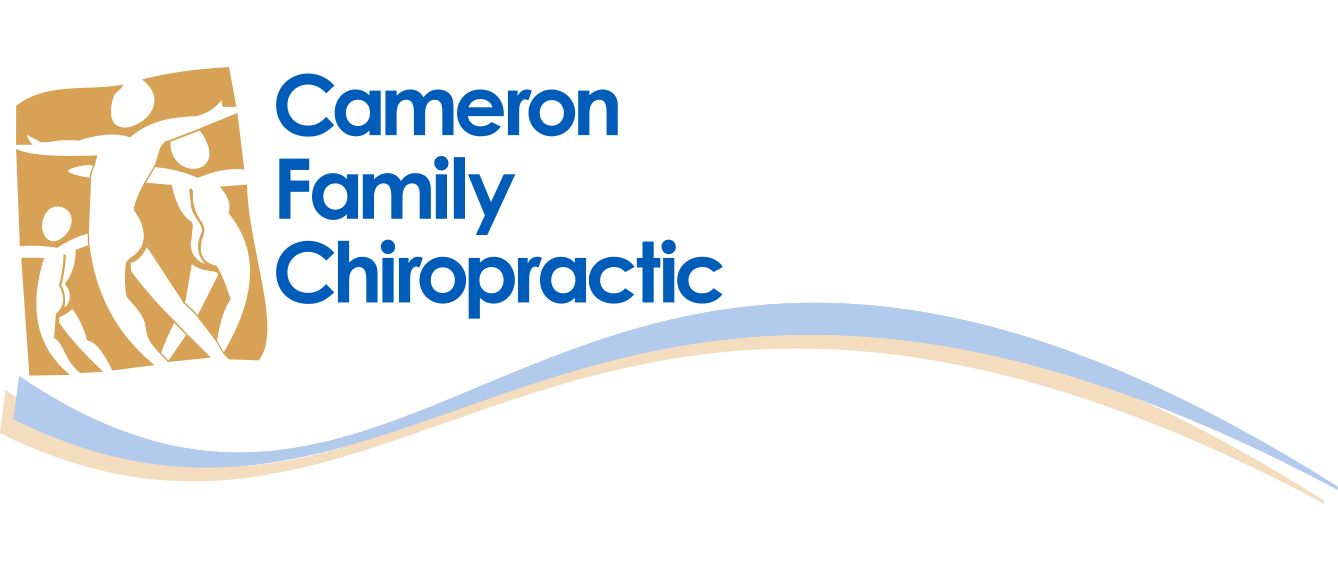Does your neck feel sore after a long day of scrolling and typing? If so, you might be experiencing Tech Neck (also known as Text Neck), a modern ailment linked to our tech-heavy lifestyles.
Understanding why your neck hurts is the first step toward getting better. So, let's dive into what Tech Neck is, why it's essential to recognize its symptoms early, and how you can address it with smart strategies and professional chiropractic care to reclaim your comfort and health.
Understanding Tech Neck
In today's connected world, an emerging physical ailment has become synonymous with our tech-heavy lifestyle: Tech Neck. It's the price our bodies pay for constant connectivity, and it's common in a staggering 98% of our patients. Tech Neck is not just a casual term but a medical concern that stems from our digital habits, leading to a series of physical strains that, if not corrected, can disrupt our well-being and posture.
Tech Neck, also known as Anterior Head Carriage, happens when you're bent over your gadgets for too long—your neck and shoulders get sore, your head aches and you might even feel numbness in your arms. Over time, if you don't fix it, this can cause long-term damage to your neck and back. It's important to catch these signs early and change how you sit or stand with your devices to prevent these temporary pains from becoming long-term health problems.
Recognizing the Symptoms
Recognizing the symptoms of Tech Neck is vital because catching them early can prevent a cascade of related health issues. When your body signals discomfort or pain, it's a warning that your posture needs attention. Here are some key symptoms to watch for:
Frequent headaches.
Stiffness or spasms in the neck.
Pain in the temporomandibular joint (TMJ).
Pain between the shoulder blades.
Tingling or numbness in the hands.
Trouble lifting your head after looking down for long periods
The Dangers of Tech Neck
While occasional neck stiffness might seem like a minor inconvenience, it's important not to underestimate the potential long-term impact of Tech Neck. Understanding and taking action against the risks now can help preserve your muscular strength and spinal health for years to come.
From Discomfort to Chronic Conditions
Ignoring a stiff neck from looking at screens too often can turn into a serious problem if you don't deal with it. That temporary discomfort can turn into constant pain, making it harder to move your neck, and may even alter your spinal curve. We're not just talking about the odd headache—this can be about serious issues that affect nerves, cause regular migraines, and throw off your balance and eyesight. Letting it get to this point might mean you'll need serious treatment or even surgery, which is why it's crucial to take action early when you first notice Tech Neck symptoms.
The Impact on Mental and Physical Performance
Tech Neck goes beyond physical discomfort – it can cloud your thinking and zap your focus. This persistent forward tilt can strain the mind as much as the muscles, making even simple tasks feel tough. It's not just about a sore neck. It's about how it impacts your ability to concentrate and enjoy life to the fullest.
Addressing Tech Neck does more than alleviate immediate discomfort, it also revives your full potential for mental and physical performance. When we fix our posture, it's like hitting a reset button—not only on our neck pain but on our brain fog, too. It's all about getting back that balance so you can feel great and perform even better.
Is Tech Neck Permanent?
Worried about Tech Neck being a permanent concern? You're not alone, considering our increasing screen time. But the good news is Tech Neck, while common, is not permanent. While neglecting the symptoms can lead to chronic conditions, proactive measures are your strongest ally in this fight! So, it's crucial to recognize the issue early on and take steps to correct it, ensuring that Tech Neck doesn't become a constant in your life.
At Cameron Family Chiropractic, our team is trained to look at the big picture of your health, not just offer a quick fix. When you visit our clinic, we'll work with you to get your posture on point and give you personalized tips to keep your spine in tip-top shape.
How to Improve Tech Neck
Feeling the strain from looking down at your phone or computer? Don't worry. There's a way to fix that ache and even stop it from happening in the first place. Let's look at what you can do to get back to feeling great.
Posture Correction
Awareness of poor posture is the first step in fixing Tech Neck. It's about aligning your body so that no part is overworked— especially your neck. A strong posture means your spine is straight, your shoulders are eased back, and your head is held high. Picture your ears lining up with your shoulders. This stance is your first line of defence against the slump that leads to tech neck.
Notice your posture slipping? It's time for a reset. Stand up, roll those shoulders back, and let your spine find its natural curve. A quick posture check can work wonders for your neck. If holding a good posture feels like a chore, it might be a sign of underlying tension. That's where a chiropractor comes in, easing your body back into a state where maintaining a healthy posture is second nature.
Tools and Exercises
Combating Tech Neck isn't just about quick fixes - it requires a strategy that includes both specific tools and exercises. The Denneroll is one such tool, an orthotic device designed to restore ideal posture and alleviate spinal tension. It gently supports the spine to minimize muscle tension, enhance joint movement, ease pain, and help correct the forward slump associated with Tech Neck.
Paired with this are targeted stretches and exercises like chin tucks and yoga poses, which can be integrated into your daily routine to strengthen neck muscles and enhance spinal health. Remember, it's not just about correcting posture but nurturing the entire neuromuscular system for lasting health benefits.
Chiropractic Solutions
One of the best ways you can be proactive about addressing Tech Neck is to stop in and see a chiropractor. At Cameron Family Chiropractic, we specialize in correcting posture and easing the discomfort associated with prolonged technology use. Our Calgary-based services include personalized treatment plans combining the benefits of chiropractic adjustments, stretches, and exercises, all aimed at realigning your spine and enhancing overall function. We're committed to addressing your unique posture needs and setting you on the path to improved well-being.
Long-Term Strategies for Prevention
Preventing Tech Neck is about incorporating healthy habits into your everyday routine. Set up an ergonomic workspace to encourage good posture, and make sure to take regular breaks to stretch and give your spine a break. Keeping up with routine chiropractic checks can catch any early signs of trouble. Beyond work, remember to cut down on unnecessary screen time. Instead, opt for activities that boost your physical and mental health, like catching up with friends or enjoying the outdoors, allowing your neck some much-needed downtime. Small daily changes can have a big impact on preventing Tech Neck and maintaining overall well-being.
If you are struggling with Teck Neck, don’t wait any longer to get the help you need. Your journey to a pain-free neck starts with a single step - Contact our Calgary Chiropractor team in Signal Hill today.
-
Immediate relief can come from stretching and adjusting your workstation ergonomics, but lasting change requires consistent practice and possibly professional care.
-
Without changes to habits and posture, Tech Neck is unlikely to improve on its own.
-
The time to correct Tech Neck varies, depending on the severity and consistency of corrective measures taken.
-
Common signs include neck stiffness, soreness, and a forward head posture.




After a long day, nothing feels better than sinking into your couch, binging your favourite show, or diving into a gaming session. But if you often find yourself feeling stiff, sore, or fatigued after hours of lounging, poor leisure posture may be to blame. While many people focus on an ergonomic office setup at work, how you sit when you relax at home is just as important.